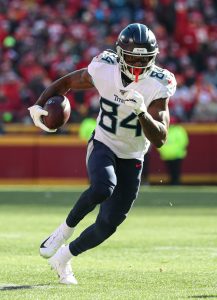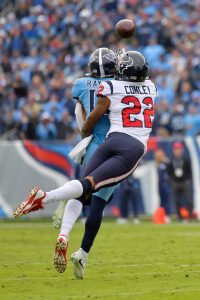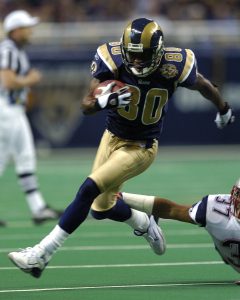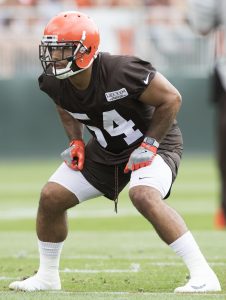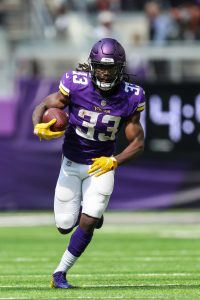Ever since the 2011 Collective Bargaining Agreement, rookie contracts have been fairly regimented. Negotiations between teams and draft picks have become smoother than ever, with few – if any – players expected to be unsigned by the time training camp gets underway. Still, a number players have yet to ink their rookie deals, including several first-rounders. 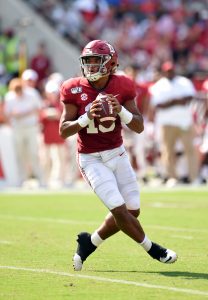
These negotiations have been delayed, in large part, due to concerns over potential revenue loss in the coming year. Fortunately for teams, offset language is not expected to be a roadblock.
Over the last several years, only a handful of players in each year have managed to avoid having offsets language written into their deals. This year, Dolphins quarterback Tua Tagovailoa and Panthers defensive lineman Derrick Brown were the first Round 1 picks to sign and they agreed to offset language.
That hasn’t always been the case. In 2015, Marcus Mariota‘s camp haggled with the Titans until the two sides finally reached an accord with partial offset language, a compromise that was not consummated until late July. In 2016, Joey Bosa’s holdout dominated headlines until the linebacker inked his deal on August 29th. In most cases, a lack of offsets for a player simply depends on which team drafted him — clubs like the Rams and Jaguars traditionally haven’t pushed to include offsets in contracts for their top picks, even in an era where most other teams around the league do.
Offset language relates to what happens to a player’s salary if he’s cut during the first four years of his career, while he’s still playing on his rookie contract. For the top 15 to 20 picks in the draft, those four-year salaries will be fully guaranteed, even if a player is waived at some point during those four seasons. For example, if a player has $4MM in guaranteed money remaining on his contract and is cut, he’ll still be owed that $4MM.
However, if a team has written offset language into the contract, that club can save some money if and when the player signs with a new team. For example, if that player who had $4MM in guaranteed money left on his contract signs with a new club on a $1MM deal, his old team would only be on the hook for $3MM, with the new team making up the difference. If there’s no offset language on that first deal, the old team would continue to be on the hook for the full $4MM, and the player would simply earn an additional $1MM from his new club.
Although the negotiation of offset language might potentially delay a rookie’s signing, the offsets rarely come into play, since few top picks flame out badly enough that they’re released during their first four seasons. And even in those rare instances, if a player has performed poorly enough to be cut in his first few years, he likely won’t sign a lucrative deal elsewhere, so offset language wouldn’t help his old club recover more than perhaps the league minimum.
